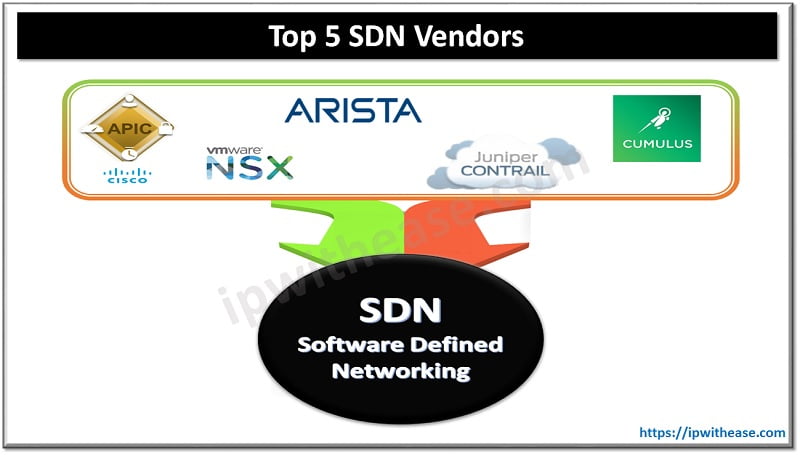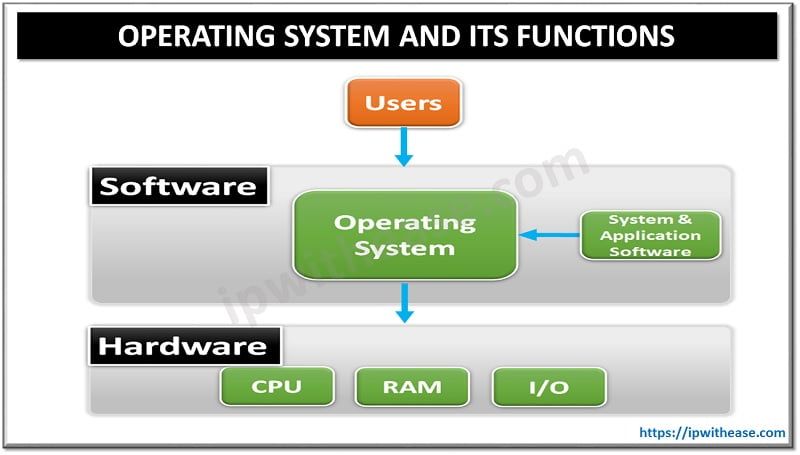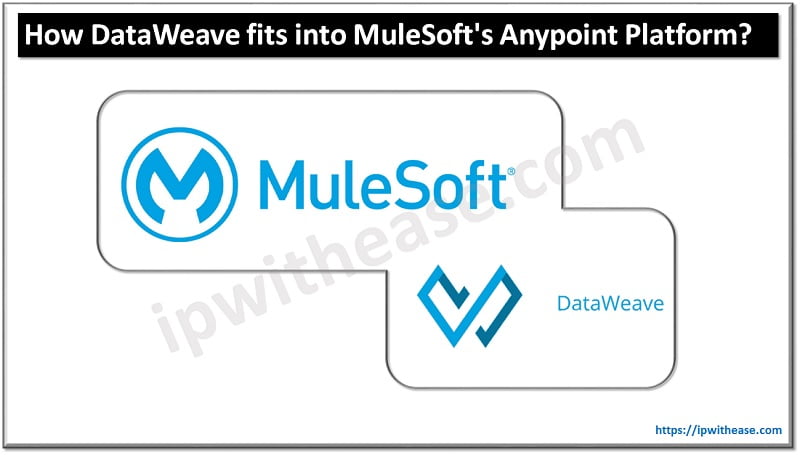GUI vs CLI
CLI – COMMAND LINE INTERFACE
CLI means Command Line Interface. It allows the users to insert commands by typing in the interface to which responses are received. CLI helps in the functioning of the operating systems and software this way.
Command Line Interface is a display place where the users can write commands against visual responses or prompts and interact with the operating system. For performing this task, the users must be learned in such commands.
Command Line Interface is an older version of interaction with software and applications. This interface is text-based. The users perform their tasks by typing in the commands.
Related – CLI vs API
The working of CLI is not complicated but user-friendliness lacks. Here, the drill is to type in a particular command, press “Enter” and sit back for the response.
On receiving the command, the interface interprets the command and displays the result on the same interface/screen. In CLI, the command prompt is another feature which is the progression of characters that are used in that shell. This prompt feature notifies the user of the readiness of CLI to allow commands.
Related – Upgrade Cisco WLC using CLI
Most popular examples of Command-Line interface are MS-DOS and Unix based operating systems. CLI was brought into existence with teletypewriter.
The basis of this system is batched processing. All to-date computers support batch processing, CLI and GUI in a single interface.
GUI – GRAPHICAL USER INTERFACE
As the name suggests, GUI is a system of visual interactive characters for the software. Graphical User Interface showcases actions that can be undertaken by the users and also conveys information.
The size, visibility, colour, alters on interaction with users. The graphical components are cursors, buttons and icons which are improved by the use of visual effects like shadows and transparency and sound effects.
Related – How to enable GUI Access on Fortinet Firewall
GUI is graphically based, being advanced and more user friendly than the text-based Command Line Interface. The graphical interface was introduced by Douglas Engelbart, Alan Kay in 1981 along with a number of more researchers. Successively, Apple came up with LISA, a GUI supporting computer on 19th January 1983.
Graphical User Interface carries out the commands like opening a file, moving or deleting the file by icons, menus and windows.
Related – Basic vs Advanced GUI
A keyboard (shortcuts or arrow keys) or mouse navigation helps through the interface. E.g. of Graphical interface operating systems are, Chrome OS, Microsoft Windows, Ubuntu (Linux variant) and macOS and Apple System 7. While some of the interfaces are Excel, Outlook, Word (Microsoft programs), GNOME and internet browsers like Explorer, Firefox and Chrome.
Unlike CLI, Graphical user interface need not be memorized and so is easy to learn and execute.
Key Differences in CLI and GUI:
- Adaptability: For executing CLI, commands need to be memorized and retained in mind which is a challenging task for users. GUI, on the other hand, is a visual concept totally eliminating the need to mug up the commands.
- Functioning: Multi-functioning of CLI might or might not be possible whereas, in CLI vs GUI, GUI supports carrying out many tasks at one time. E.g. Chrome, Excel, Word, has the ability to multi-task.
- Complexity: Complicated and long tasks can be well handled by writing some commands in CLI. GUI needs some steps to be followed by the user to be able to perform complex tasks.
- Resources: In CLI vs GUI Only the keyboard and the system do the work in case of CLI, while GUI can interact with the mouse, keyboard and also some additional resources.
- Running: In GUI vs CLI, CLI is faster compared to GUI. CLI performs faster than GUI. Sequence or a script can be prepared of commands to be carried out in CLI while the facility is absent in case of GUI.
- Connectivity: Networking with CLI is complicated. GUI can easily connect and create a network with other computers to gain access. In the case of CLI, the user needs to get permission to access other devices.
- Screen: The interface in CLI is stable and consistent. GUI interface modifies with the software update.
- Execution: In case of CLI, the color strain on eyes is less. Conversely, in GUI strain is more. User can have more control with CLI which is a limitation in GUI.
Comparison: CLI vs GUI
| BASIS | COMMAND LINE INTERFACE(CLI) | GRAPHIC USER INTERFACE(GUI) |
|---|---|---|
| Definition | Interaction is by typing commands | Interaction with devices is by graphics and visual components and icons |
| Understanding | Commands need to be memorized | Visual indicators and icons are easy to understand |
| Memory | Less memory is required for storage | More memory is required as visual components are involved. |
| Working Speed | Use of keyboard for commands makes CLI quicker. | Use of mouse for interaction makes it slow |
| Resources used | Only keyboard | Mouse and keyboard both can be used |
| Accuracy | High | Comparatively low |
| Flexibility | Command line interface does not change, remains same over time | Structure and design can change with updates |
![]()
Download the difference table here.
ABOUT THE AUTHOR

You can learn more about her on her linkedin profile – Rashmi Bhardwaj





This site is very useful and good learning resources.
Admirable site👏👏